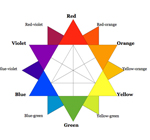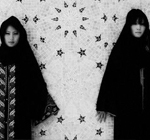
quick lessons in graphic design
"Considering how many designers are self-taught, either in whole or in part, the importance of a solid foundation in graphic design theory is often overlooked. New ...
More



quick lessons in graphic design
"Considering how many designers are self-taught, either in whole or in part, the importance of a solid foundation in graphic design theory is often overlooked. New ...
More

bruneions interview ezra pilpus
Meet Ezra Pilpus, a photographer who prefers no media fanfare but rather let his photos do the talking.
More

even the rain
The year is 2000 and the place, Cochachamba in Bolivia. The government has just sold the country’s water rights to a private, multinational consortium. The age-old ...
More